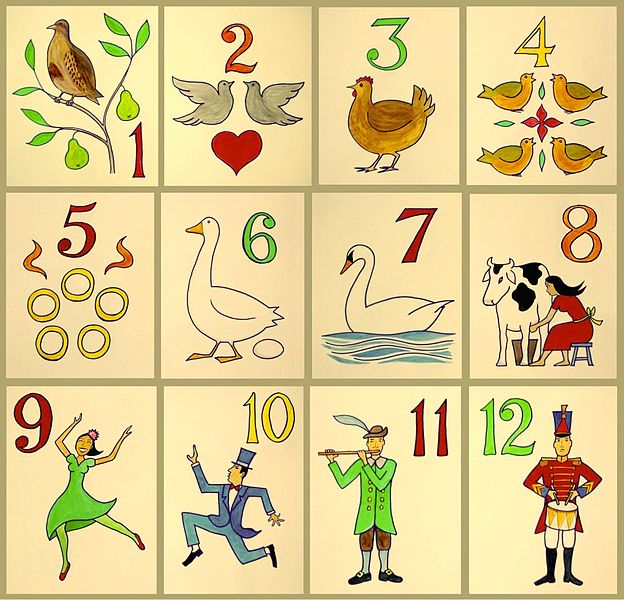Simcha Fisher’s review of the The Passion of the Christ is up, and worth a look. For many years, my husband and I have watched The Passion on Good Friday evening (not every year, but often) and have found it edifying and spiritually helpful. It certainly takes the edge off your hunger. Also, it is extremely violent (as was the event it portrays), and if you aren’t the sort of person who can stomach depictions of violence, there are other more helpful options.
My go-to for our kids’ Holy Week viewing has been The Gospel of John movie. We’ve tended to watch it during the day sometime during Holy Week when the kids are lounging around. There are a few moments of artistic interpretation that I would stage differently were it my film to produce (it is not a Catholic film, FYI), but overall it’s quite good. The crucifixion is portrayed with a deft hand, providing the necessary impact but without extreme gore. It is suitable for children who are comfortable watching action-adventure films like The Lord of the Rings series, but obviously if your child is extremely sensitive to violence, movies about torture and execution are not a good choice — go pray the stations and leave it at that.
Taking it down a notch in intensity and adding Steve Ray’s legendary campy sense of humor, the The Footprints of God: Jesus would be a super choice for school-age kids (about 3rd grade and up, but for many kids younger) and people who want to dial back the experience, or just want to learn more. The whole series is fantastic for both kids and adults. I love these. The Jesus episode is perfect for Holy Week.
This year, though, I’ve got a new favorite. My weekly Bible study has been working through Edward Sri’s No Greater Love: A Biblical Walk Through Christ’s Passion from Ascension Press. The total study comes with access to five 30-minute videos, a book, and a workbook. The videos stream online with no difficulty, but head’s up: There are not subtitles. Yikes. Sorry. The three resources cover the same material but in different formats, and all of them are a good value. The Study Pack gets you online access to the videos, but check the details as you may need to find a partner and create a parish Bible study in order to go that route. There are no violent depictions so far (as of the end of session 4); the video is filmed in Jerusalem and for imagery there is the sacred art at the various holy sites. The book goes more explicitly into the nature of Roman torture than the videos do. It is truly a Bible study, and a solid one.
Here is why this Bible study comes to mind as an alternative to watching The Passion: At the start of the evening when everyone arrives and grabs drinks, we are the usual ladies’ Bible study, joking around, sharing news, then easing into a conversation about the reading and how the week’s lesson touched us spiritually and so forth. That’s all good. We’re getting some great discussion going as the group gets to know each other better. But here’s what happens next: We watch the evening’s video. Remember, this is a 30-minute video of a professor talking to a couple of pilgrims as they stand in front of sacred art and architecture. No blood splatters. Bible verses are read. Many mosaics are viewed. Lots of pictures of pilgrims kneeling in devotion at holy sites. Not. graphically. violent. Just not.
AND YET: When the video ends we are reduced to complete silence.
Week after week, I turn off the TV and shut down the PC, and we who were happily chatting 30 minutes earlier have nothing to say. We just want to walk over to the church (it’s locked, no dice) and kneel down in adoration.
***
I’d recommend No Greater Love for older kids and up. The target audience is an informed Christian in the pews who is generally familiar with the passion narrative (you’re at church on Palm Sunday every year, you maybe have prayed the Stations a few times) who is biblically literate at least at the beginner level. For children, the audience would be from the age when your child can read the real Bible (my 5th grade CCD classes always did) and is interested in adult non-fiction as found on PBS or at your local public library. Though it’s designed to be a weekly study throughout Lent, you could comfortably order the series now and watch two videos a week for the remainder of Lent or one a night during Holy Week.
Artwork courtesy of Ascension Press.

![Lord, You Know I Love You!: A Discernment Retreat Using the Great Commandment by [Fitz, Jennifer]](https://images-na.ssl-images-amazon.com/images/I/51meeq9X16L.jpg)













